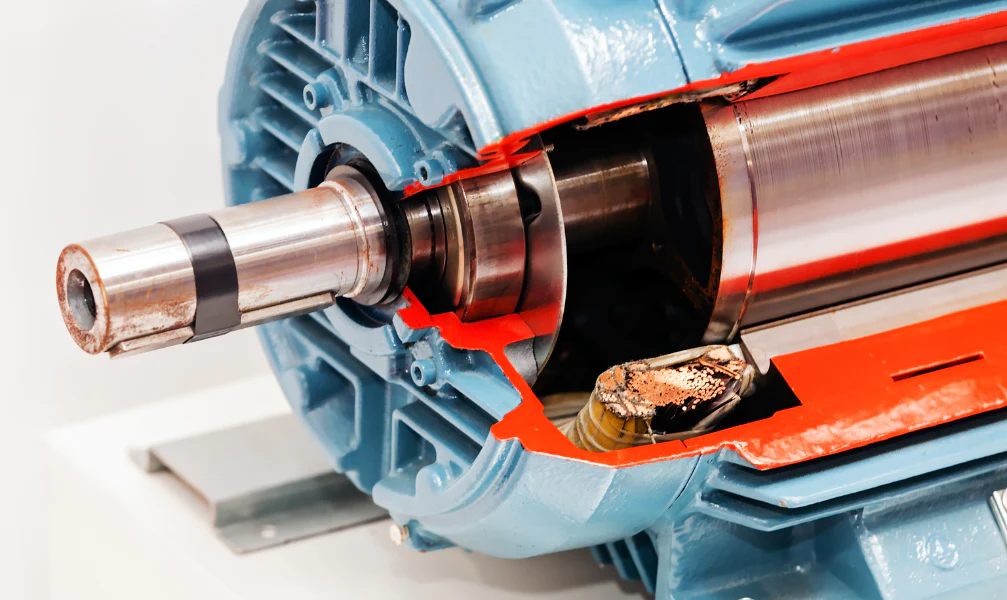Can you directly connect an AC motor to the power supply?
2024-06-25 17:28:10
AC motors are widely used in various applications, ranging from industrial machinery to household appliances. When it comes to connecting an AC motor to the power supply, it is crucial to ensure the proper installation and adherence to safety guidelines. In this comprehensive guide, we will explore the considerations involved in directly connecting an AC motor to the power supply, addressing the technical aspects and safety measures required for a successful connection.
Understanding AC Motors
-
Types of AC Motors
AC motors come in different types, including induction motors, synchronous motors, and shaded-pole motors. These motors operate based on electromagnetic principles, converting electrical energy into mechanical energy.
-
Motor Specifications
AC motors have specific electrical and mechanical specifications that determine their operation. Key specifications include voltage rating, current rating, power rating, frequency, speed, and efficiency. Understanding these specifications is essential for proper motor selection and connection.
Power Supply Considerations

-
Voltage and Frequency
AC motors are designed to operate at specific voltage and frequency ratings. It is crucial to ensure that the motor and power supply are compatible in terms of voltage and frequency. Mismatched voltage or frequency can lead to motor damage or inefficient operation.
-
Power Supply Capacity
Verify that the power supply has adequate capacity to handle the motor's power requirements. The power supply should be capable of delivering the necessary voltage, current, and power for the motor to operate safely and efficiently.
Motor Connection Methods
-
Direct Connection
In some cases, it is possible to directly connect an AC motor to the power supply without any additional components. This method is typically applicable for small motors with lower power ratings, where the power supply characteristics align with the motor's requirements.
-
Starter or Motor Controller
For larger motors or applications with higher power requirements, it is common to use a starter or motor controller. Starters provide additional protection, control, and operational flexibility for the motor. They can include features such as overload protection, soft start capabilities, and speed control.
Safety Considerations
-
Overload Protection
To protect the motor from excessive current, an overload protection device should be incorporated. This device can be built into the motor starter or installed separately. It senses and interrupts the power supply when the motor current exceeds a predetermined threshold.
-
Short Circuit Protection
It is essential to have proper short circuit protection in the electrical circuit supplying power to the motor. This can be achieved through the use of circuit breakers or fuses, which automatically disconnect the power supply in the event of a short circuit.
-
Grounding
Ensure that the motor and the entire electrical system are properly grounded. Grounding provides protection against electrical faults and minimizes the risk of electric shock.
-
Electrical Codes and Regulations
Adhere to local electrical codes and regulations governing the installation and connection of electrical equipment, including AC motors. Compliance with these regulations ensures safe and reliable operation, protecting both personnel and equipment.
Other Considerations
Directly connecting an AC motor to a power supply without any form of circuit protection or control mechanism is not recommended. Protective devices such as fuses, circuit breakers, overload relays, and thermal protectors are essential for:
- Preventing Short Circuits and Overloads: They safeguard the motor and power supply from damage due to excessive current flow.
- Ensuring Safe Operation: They provide a means to disconnect the motor from the power supply in case of faults.
Considerations for Direct Connection:
- Start-up Inrush Current: AC motors typically draw a higher current during start-up. This inrush current can cause voltage drops or tripping ofcircuit protection if not properly accounted for.
- Power Quality: Directly connecting a motor to a power supply can introduce power quality issues such as voltage sags and harmonic distortion, affecting other equipment connected to the same supply.
Professional Installation and Consultation
If you are unsure about the proper connection of an AC motor to the power supply, it is recommended to consult a qualified electrician or an experienced professional. They can provide expert guidance, ensure compliance with safety standards, and help optimize the motor's performance. Lunyee has an experienced technical team that can help you solve various problems that arise during your practical operations.
Conclusion
Directly connecting an AC motor to a power supply requires careful consideration of voltage, frequency, power supply capacity, and safety measures. While some small motors with compatible power supply characteristics may be directly connected, larger motors often require additional components such as starters or motor controllers for enhanced control and protection.
See What Lunyee Can Do For You
Contact Us
- 8619149417743
- +86-0371-5562 0274
- [email protected]
- Zhengzhou, Henan Province, China
- Mon-Fri: 9:00 - 18:00




